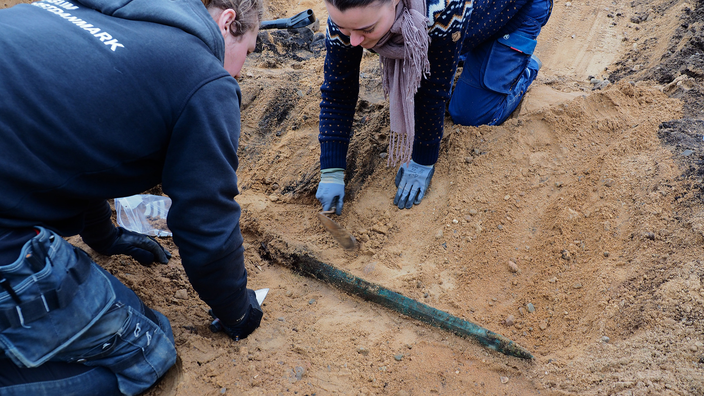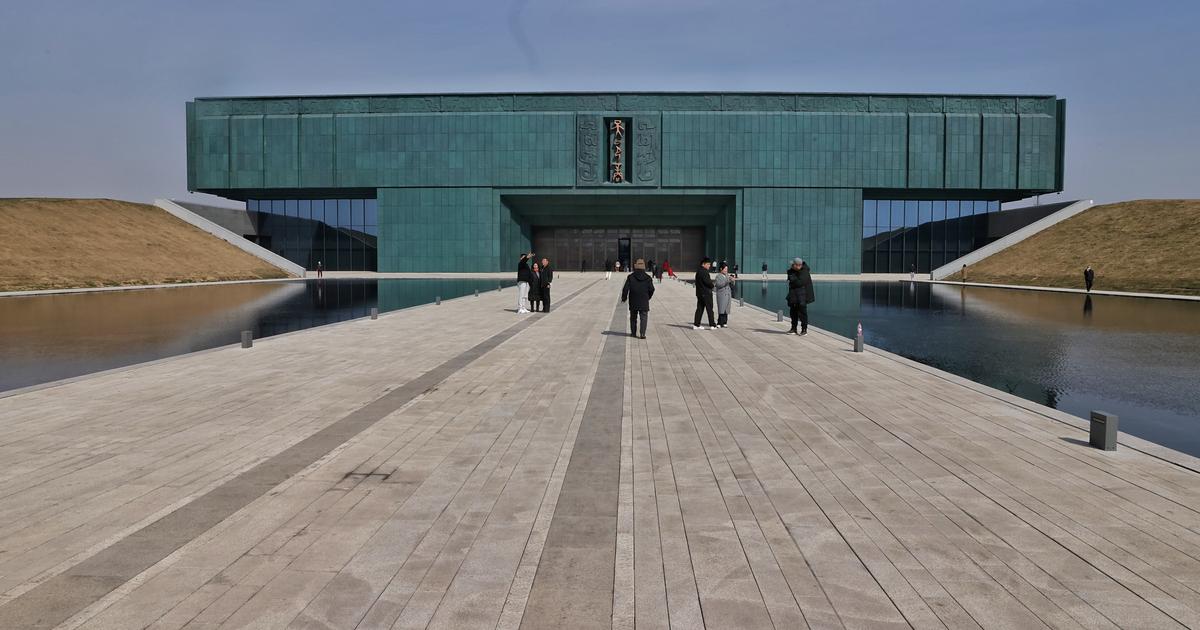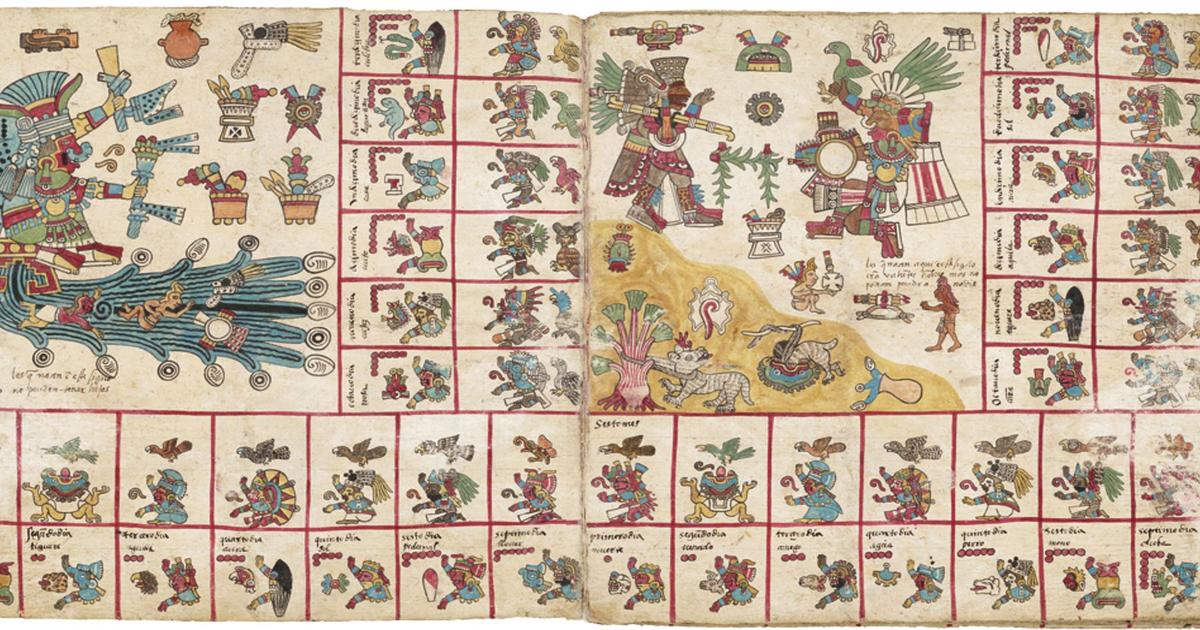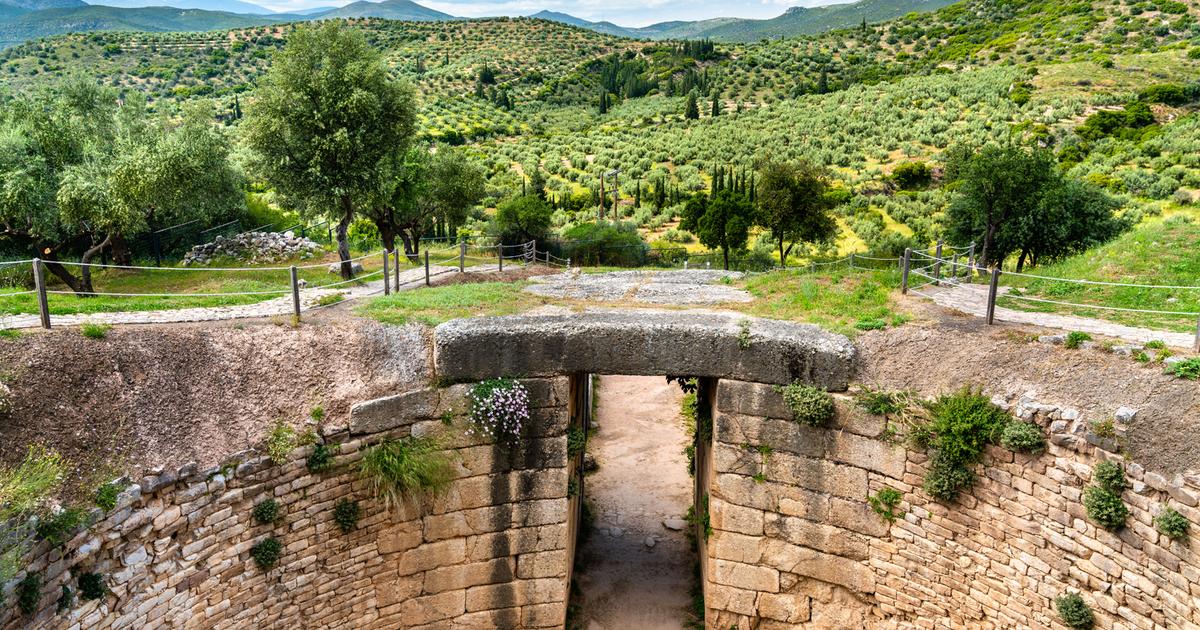It was once used to cross swords: the bronze weapon that was discovered two weeks ago in Denmark is now worth its symbolic weight in gold.
Still sharp, 80 cm long, the sword shines with its very good state of preservation which has surprised and moved archaeologists, both seasoned and amateur, who witnessed its emergence from the earth.
"
It's not really every day that you find such a well-preserved object from the Bronze Age,"
said excavation director Cathrine Frederiksen, in the columns of the local daily
Fyens Stiftstidende
.
You can spend a whole career as an archaeologist without ever finding anything like it.
"
Read also: Party picking mushrooms, he returns with a sword and an ax from the Bronze Age
The bronze weapon, unearthed on March 1 near the village of Håre, in the west of the island of Funen, is a votive offering of 1.3 kg that had been placed in a small ditch within a set house on which the archaeologists intervened.
Dated to phase IV of the Danish Bronze Age, i.e. around 1100 BC.
AD, this is a rare find, made even more invaluable by the exceptional condition of its handle.
"
It's very unique,
" Møntergården Museum Chief Curator Jesper Hansen said in a statement.
The handle made up of elements in wood, ivory and antler is very well preserved
”.
In general made of elements in perishable materials, the handles of old swords rarely arrive in good condition until our time and thus offer, most of the time, only the bare and degraded structure of their blade to the gaze. archaeologists who unearth them.
1/3 - Detail of Håre's bronze sword.
Odense Bys Museer / Helle Deichmann
2/3 - The sword being restored.
Odense Bys Museer / Helle Deichmann
3/3 - Preventive archaeological excavations on the island of Funen, in Denmark, have been focusing for a year on the route of a future gas pipeline.
Odense Bys Museer
Another good news is that the fabric in which the bronze weapon was buried has also been partly preserved and should be the subject, along with other organic elements, of a carbon-14 dating to clarify the stratigraphic chronology.
Likewise, a sample of metal punctured on the object should make it possible to know more about the precise composition and the origin of the alloy of copper and tin which forms the bronze of the blade.
According to Jesper Hansen, since neither copper nor tin was available in the Danish Bronze Age islands, identifying the metallurgical origin of the object could help researchers understand the networks of exchanges that crisscrossed the European continent 3000 years ago.
The metal composition of the weapon could also provide clues to its extraordinary state of preservation, even if Danish archaeologists rely above all on the well-known properties of the soil of the island, of which the peat has already yielded in the past quantity. archaeological objects dating from the Bronze Age, as well as one of the oldest “peat bog mummies” - the Koelbjerg Man - who died around 8000 BC.
J.-C ..
Read also: 2000-year-old mummies with golden tongues discovered in Egypt
While waiting for these chronological, geographical and metallurgical additions, the sword - very fragile - has been carefully moved and dismantled in Odense as part of preventive conservation measures.
Once restored, cleaned, collected and studied, Håre's sword will be on display - perhaps within a year - at the Møntergården Museum in Odense.
The collections of the city's museums have been growing for several months with discoveries made as part of an archeology operation linked to the construction project of the Baltic Pipe gas pipeline which will link Denmark to its Norwegian and Polish neighbors by 2022.
Since March 2020, the large-scale project has mobilized Danish archaeologists - supported by several volunteers and students - in a vast prospecting and preventive excavation operation carried out along the future pipeline supposed to cross the island over 62 km.
Dated from the final bronze, Håre's sword carries with it a certain historical interest, the study of which will surely bring grain to the ground for specialists.
But even more than its scientific value, its discovery has already marked the various people who worked alongside it at the beginning of March.
The ancient offering was finally offered to the inhabitants of the island of Funen.
“
This is probably the first and last time we've made such a discovery,”
said Jesper Hansen.
It's the kind of event that only happens once in a lifetime.
"




/cloudfront-eu-central-1.images.arcpublishing.com/prisa/HMPBOPAW6ZCXHIH5YI4WELTR5Q.jpg)




